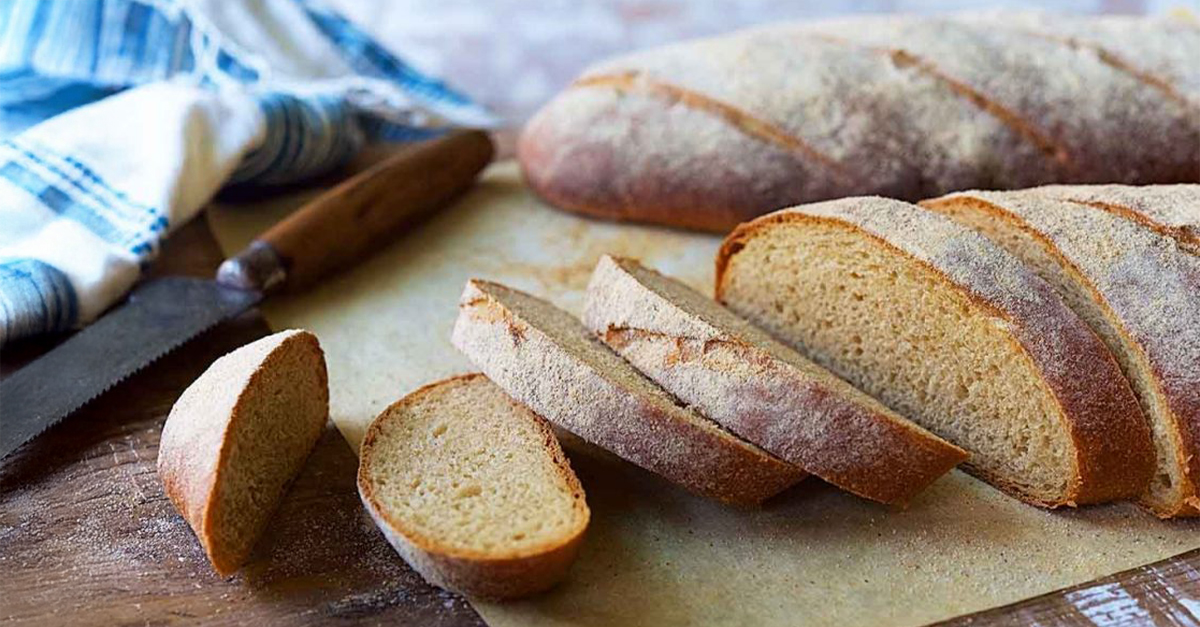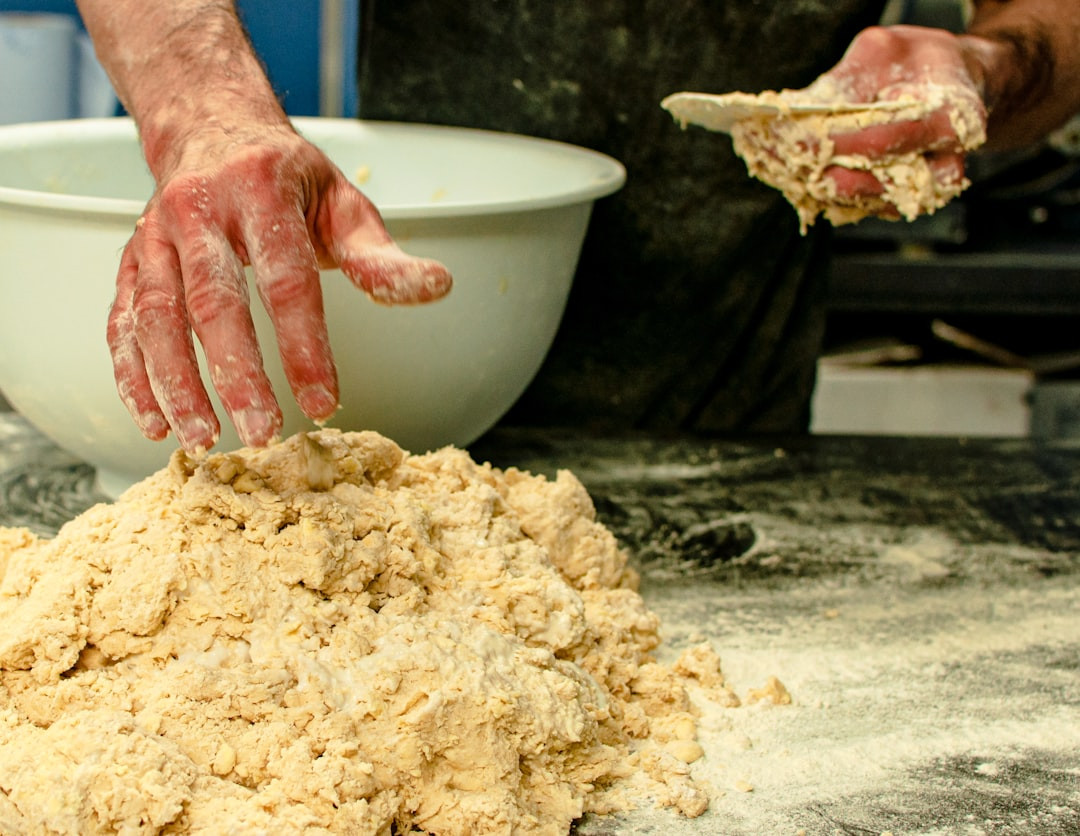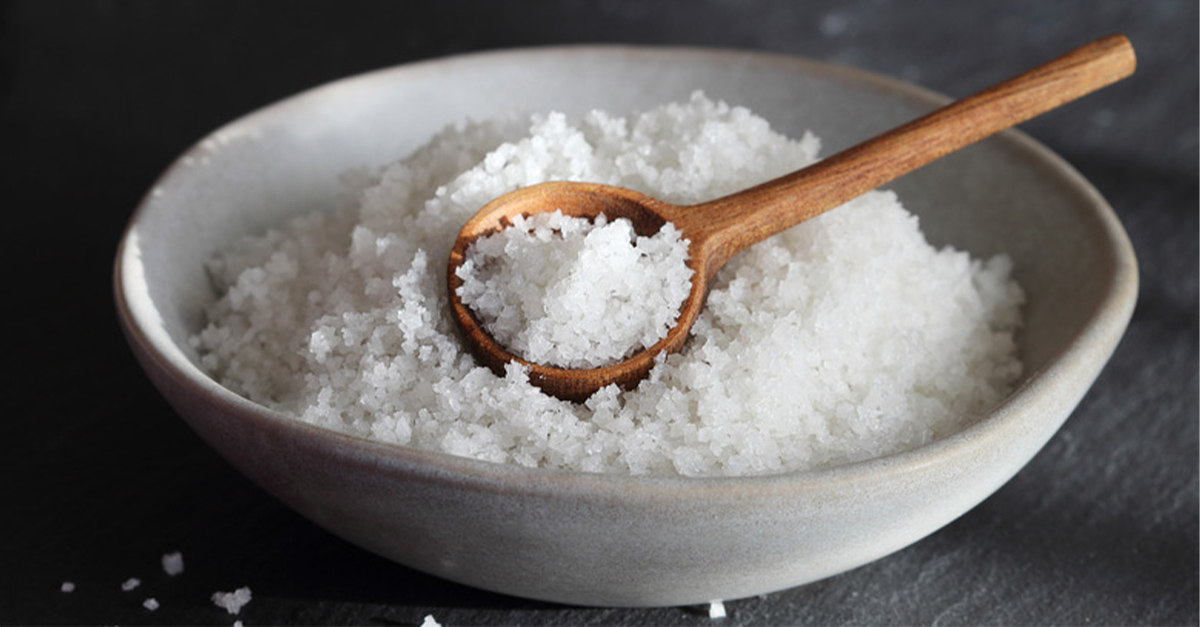Using whole wheat flour can be a nutritious and tasty way to elevate your baking. Packed with fiber, vitamins, and minerals, whole wheat flour certainly adds flavor and texture, but it behaves differently from all-purpose flour. Here are some tips to help you successfully incorporate whole wheat flour into your baking.
Understand The Differences
Whole wheat flour contains the entire wheat kernel including the bran and the wheat germ. This makes it more nutritious but denser and more absorbent than white flour. The bran can interfere with gluten development, causing a heavier texture. Knowing these properties helps set realistic expectations so you can make the right recipe adjustments.
Start With Partial Substitution
If you’re new to baking with whole wheat flour, start by substituting only 25% to 50% of the all-purpose flour in your recipe. This lets you keep a lot of the lightness and structure while introducing whole wheat’s nutty flavor. With time you can gradually increase the whole wheat content as you become more comfortable with its behavior.
Add Extra Liquid
Whole wheat flour absorbs more liquid than all-purpose flour because of the bran. To make up for this, you may need to add slightly more water, milk, or other liquids to your dough or batter. Typically, adding an extra tablespoon or two of liquid per cup of whole wheat flour will help maintain proper hydration and texture.
Allow For Resting Time
Letting your dough or batter rest after mixing helping the bran absorb liquid fully and soften. This process, called autolyse, can make your final product less dense and more tender. For yeast breads, a 20- to 30-minute rest before kneading works well. For quick breads and muffins, even a brief rest can improve texture.
Consider Using Vital Wheat Gluten
Because whole wheat flour can weaken gluten development, adding a small amount of vital wheat gluten can help improve elasticity and rise. About one teaspoon per cup of whole wheat flour is usually enough. This addition is especially helpful for yeast-based breads where good structure is essential.
Go Easy On The Mixing
Over-mixing whole wheat batters can lead to tough baked goods. The bran can act like tiny blades, cutting through gluten strands if overworked. Mix just until combined, especially for muffins, pancakes, and quick breads, to keep your finished product tender and soft.
Use Fresh Flour
Whole wheat flour contains natural oils from the wheat germ, making it more prone to spoilage than white flour. Always check expiration dates and consider storing whole wheat flour in the refrigerator or freezer to extend its shelf life and preserve freshness.
Expect A Flavor Change
Whole wheat flour gives a rich, nutty flavor that can improve many recipes. However, it may slightly alter the taste of delicate baked goods. Consider pairing it with complementary flavors like honey, molasses, cinnamon, or nuts to highlight its natural earthiness.
Experiment And Adjust
Baking with whole wheat flour usually requires some trial and error. Don’t give up if your first attempts aren’t perfect. With each bake, you’ll get a better handle on how whole wheat flour behaves and how to fine-tune your recipes for the best results.
Keep On Baking
Whole wheat flour offers both nutritional benefits and a unique flavor profile, making it a worthwhile ingredient for home bakers. With a few smart adjustments, you can successfully incorporate it into all kinds of recipes, from hearty breads to tender muffins. Keep on experimenting, and enjoy the wholesome rewards of whole wheat baking!
You May Also Like:
40 Common Kitchen Mistakes—And How to Avoid Them










